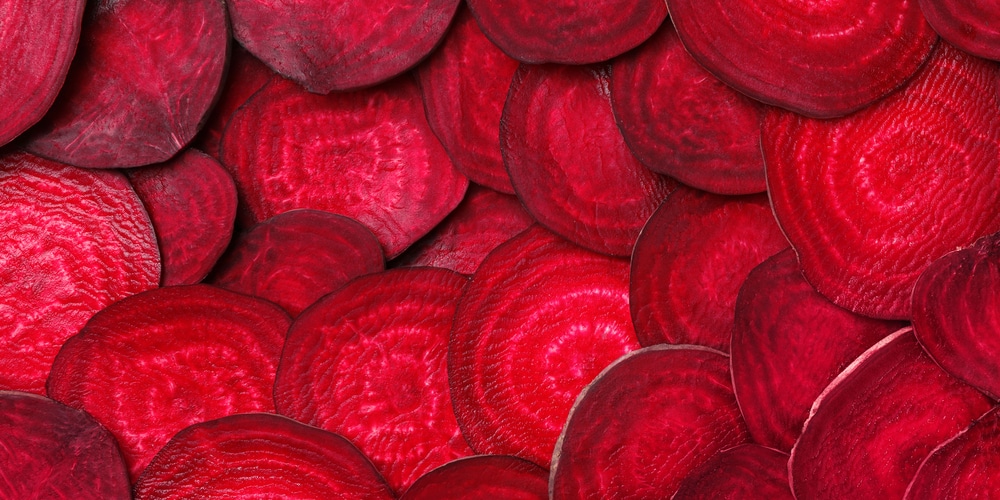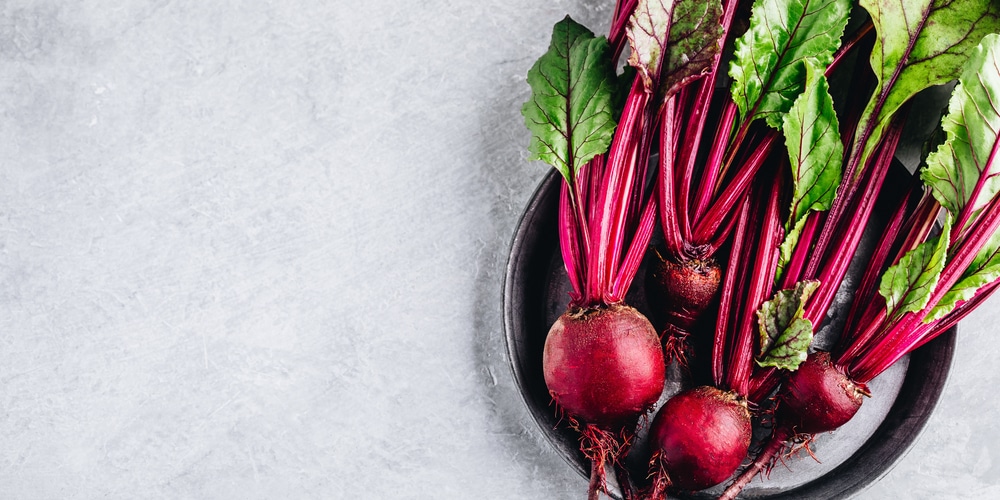Beets (Beta vulgaris conditiva) grow in temperate climates all over the world. Above all, they are an easy, low-maintenance crop as long as you set the medium correctly. Because if you mess up this crucial step, the beetroot itself can crack or rot.
Do beets grow well in Florida? Beets are hardy to USDA zones 2-11 and need two weeks of low winter/spring temperatures (between 39-50 F) for seed production. So, the answer is positive. On the other hand, beets love constant moisture but hate waterlogging. And without the right soil conditions, they will prove to be annoying.
Best Beets Varieties You Can Grow In Florida
According to the Univerity of Florida, the best cultivars for the humid subtropical climate of Florida are:
- Asgrow Wonder
- Green Top Bunching
- Pacemaker III
- Red Ace
Other beet varieties that grow well in the Sunshine State are:
- Boldor (Yellow beet with a sweet flavor and good resistance to leaf spot)
- Bull’s Blood (Its tender leaves are perfect for salads)
- Cylindra (Also known as Butter slicing beet because of its tender interior)
- Detroit Dark Red (zoning resistant beets)
- Early Wonder (a Swiss Chard hybrid)
- Falcon (A heat-resistant hybrid for USDA zones 10 and 11)
- Moneta (It has good tolerance to bolting)
- Pablo (This selection makes thickly round beets)
- Touchstone Gold (A pricey variety with a non-fibrous interior)
Florida-friendly Soil Requirements
On no account do beets grow well in Florida when the mix is too free draining. Why? Because they will suffer water stress. Of course, if the medium is too heavy, you risk root rot and more diseases. It can take a while to create a good soil balance that adapts to your garden beds.
The soil must hold water and nutrients for at least a few days. You will also need plenty of organic matter like compost and mulch. But maybe, the best component you can add is poultry manure because it holds water without getting too sticky like clay.
Poultry manure is lighter than other types of manure. But you can still use horse or cow manure—in smaller percentages, of course. You can use other fertilizers sparingly over a long period so that you do not alter soil consistency.
A slightly acidic soil (pH 6.0-6.8) works best.
If the soil is still wet after three or four days since the last watering, add a clay breaker, like gypsum. Too much water creates an anaerobic environment, which means a lack of oxygen around the plants’ roots. Beets do not like that.
What Season Is Best For Beets In Florida?
The best time to sow beet seeds in Florida is from November through January. Because of the warmer climate and different USDA zones, you will have better results if you plant your seeds in:
- December (if you live in Northern Florida)
- November (if you live in Central Florida)
- January (if you live in South Florida)
Once your seedlings grow, they will become a thirsty bunch. They will need a lot to drink and can suffer water loss as their leaves grow big. Of course, summer drought and midday sun do not help. So, provide part shade with protective covers.
Water your beets at the first signs of wilt. If you water them regularly, not only do beets grow well in Florida, but they get even tastier than the ones you buy in grocery stores.
5 Tips For Growing Beets In The Sunshine State
- Beets benefit from a cover crop like peas. After all, they still need 8 to 10 hours of light to turn into the tasty veggie they can become. A cover crop reduces heat stress enough for the beet plant to survive the hottest hours.
- Do not let your beet plants get too woody. In other words, harvest before a thick skin appears on the roots. Why? Because old beets do not taste as good as freshly matured ones.
- Experiment with sowing earlier in early fall to harvest in spring. In this way, you can escape the hot summer sun.
- Trim leaves that display fungal spots and other diseases. Above all, you do not need to treat your plants’ diseases to get delicious beetroots.
- You can grow fresh beets in containers on your deck or patio. Choose a container with a diameter of at least 12 inches. Of course, the larger the container, the more plants you can put in each one.


